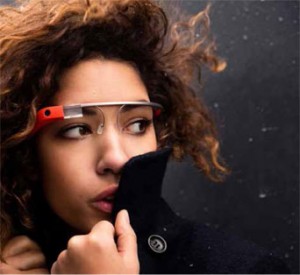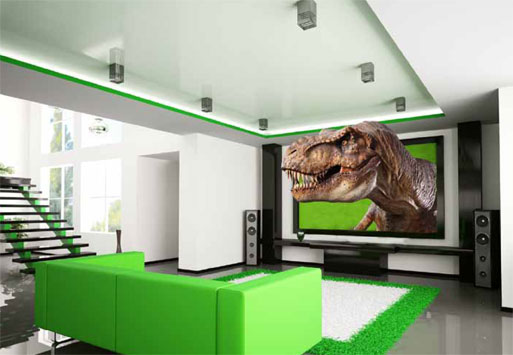By Marianna Tsenglevich
Online shopping is a growing trend. It is estimated that online sales currently make up only 13 per cent of all retail sales globally, but the predicted growth data is staggering. Total sales for the past year reached $142 billion in the U.S.alone, but this figure is expected to double by 2015. Glasses, sunglasses and optical products are becoming popular items to purchase online. Why do people shop for optical products via the Internet? Cost is a factor, but not the only one, as many believe. According to Nielsen Online, a global analytics company, convenience, not price, drives online shopping.
13 per cent of all retail sales globally, but the predicted growth data is staggering. Total sales for the past year reached $142 billion in the U.S.alone, but this figure is expected to double by 2015. Glasses, sunglasses and optical products are becoming popular items to purchase online. Why do people shop for optical products via the Internet? Cost is a factor, but not the only one, as many believe. According to Nielsen Online, a global analytics company, convenience, not price, drives online shopping.
Convenience is however, a broad term. It includes:
- time savings on travel
- fast, easy ways of looking through a large selection of products
- finding a product of interest quickly
- obtaining detailed information about the product
- the ability to purchase at any time, any day
According to Invesp, a software consulting company, two-thirds of people choose convenience as the top reason for shopping online compared to one-third who chose price savings.
Busy work schedules for adults in a typical Canadian family leave very little time for shopping. Being able to log on to their computer from the comfort of their homes and get what is needed outweighs the in-person shopping experience for many people. The variety online shopping can offer is another incentive for North Americans. As malls fill with chain stores and small boutique retailers shrink in numbers, consumers are finding it increasingly difficult and time-consuming to locate unique items. And with growing consumer protection measures being implemented by major credit card and payment service companies such as Visa, MasterCard and Pay Pal, consumers’ fears of fraud, identity theft and liability have been effectively reduced.
Not surprisingly, people who buy online use the Internet to research products and retailers. When it comes to eyewear, very little is written about the dangers of purchasing prescription glasses or contact lenses and the health risks that such a purchase can pose. Websites like Facebook are filled with ads for Internet optical stores – consumers are inundated with positive messaging at every turn. After doing research, the shopper may or may not go to an optician for a professional opinion or to make a purchase.
When it comes to choosing which Internet retailer to buy from, there are a multitude of considerations. According to the Boston Consulting Group, good service is the top reason for purchasing from a particular company. And just like convenience, good service may mean different things for different people: free delivery, free returns, website security, and clear contact information are a few examples of good service. When assorted websites provide the same level of service, pricing becomes a key element in the decision-making process. However, experienced online shoppers are aware that a low price may mean a trap. Higher charges may occur later, should the customer have a problem with a purchase or need extended service. Quick order fulfillment is also a priority, especially during holiday seasons. If you have an e-commerce website or are thinking of building one, service factors like these will make you more competitive.
There are also ways within the practice to prevent possible patient-loss to online shopping. Offering added-value services like:
- drop shipping products directly to customer’s home or office
- free shipping
- allowing online and telephone ordering or re-ordering
- easy returns by mail should a warranty issue arise.
Finally, asking a potential online shopper why he or she is considering Internet shopping could provide an opportunity to address concerns and educate them about the risks inherent in online shopping for optical products.




